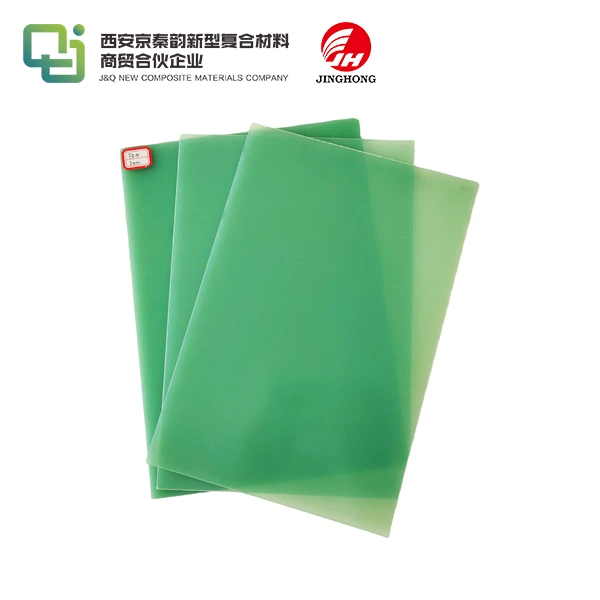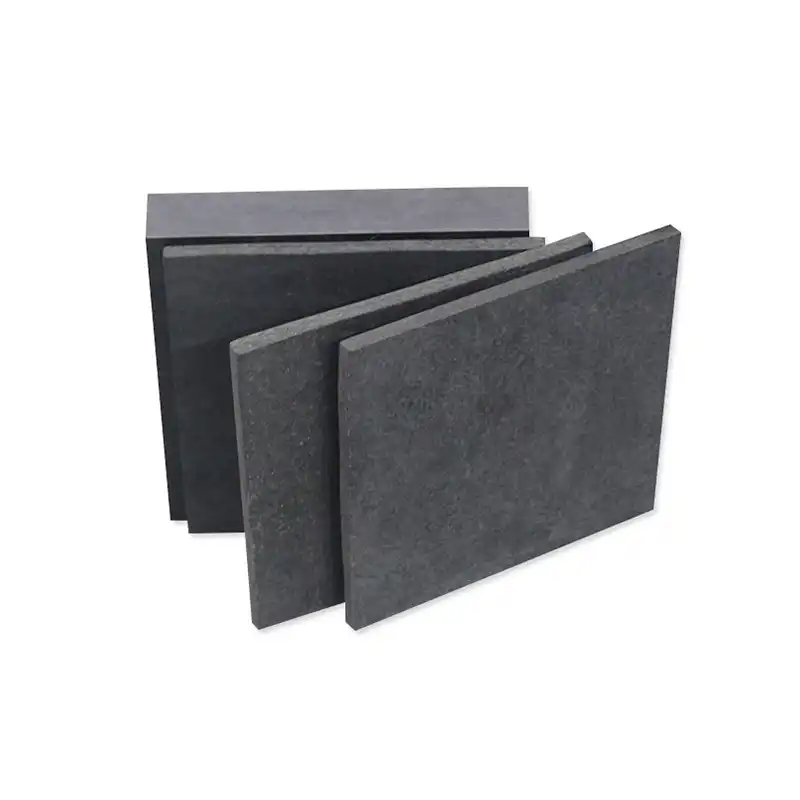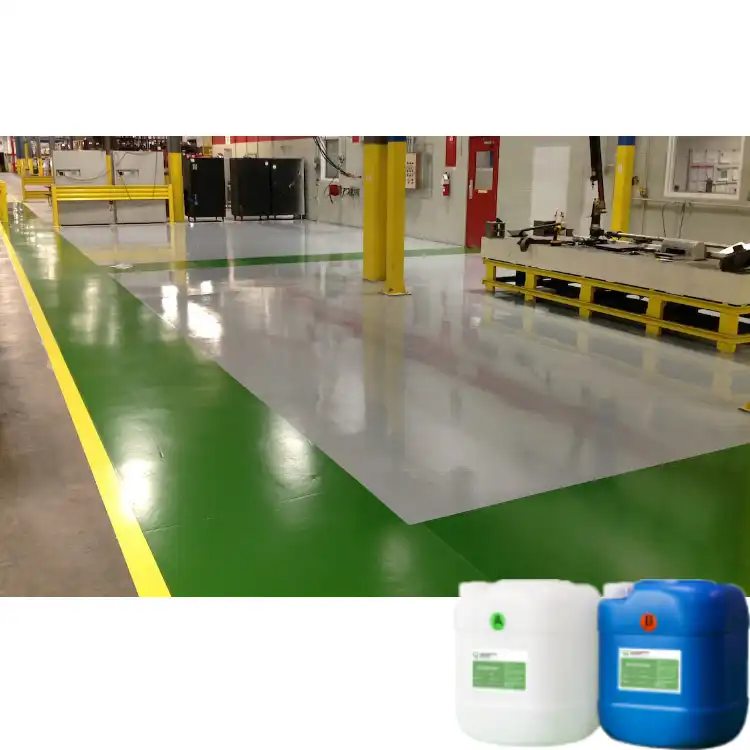What are thermoset composite materials?
2024-12-12 16:24:44
Thermoset composite materials have revolutionized various industries, offering a unique combination of strength, durability, and versatility. These advanced materials have become indispensable in applications ranging from aerospace to consumer goods. In this comprehensive guide, we'll explore the properties of thermoset composites, their applications, and their importance in modern manufacturing.
Understanding Thermoset Composite Materials
Definition and Composition
Thermoset composite materials are engineered materials consisting of two main components: a thermoset resin matrix and reinforcing fibers. The resin acts as a binder, while the fibers provide strength and stiffness. Unlike thermoplastics, thermoset materials undergo an irreversible chemical reaction during curing, resulting in a cross-linked molecular structure that cannot be melted or reshaped once set.
Types of Thermoset Resins
Several types of thermoset resins are commonly used in composite materials:
- Epoxy: Known for its excellent adhesion and chemical resistance
- Polyester: Offers good mechanical properties and weather resistance
- Phenolic: Provides high heat resistance and low smoke emission
- Vinyl ester: Combines the best properties of epoxy and polyester resins
Reinforcement Materials
The reinforcing fibers in thermoset composites can vary, including:
- Glass fibers: Offer good strength-to-weight ratio and electrical insulation
- Carbon fibers: Provide exceptional strength and stiffness
- Aramid fibers: Known for their high impact resistance and low density
- Natural fibers: Environmentally friendly options like flax or hemp
Properties and Advantages of Thermoset Composites
Mechanical Strength and Durability
Thermoset composite materials boast remarkable mechanical properties. Their high strength-to-weight ratio makes them ideal for applications where weight reduction is crucial. These materials exhibit excellent fatigue resistance, allowing them to withstand repeated stress cycles without significant degradation. The cross-linked structure of thermoset resins also contributes to their dimensional stability, ensuring minimal warping or deformation under various environmental conditions.
Chemical and Environmental Resistance
One of the standout features of thermoset composites is their exceptional resistance to chemicals and environmental factors. These materials can withstand exposure to harsh solvents, acids, and alkaline substances without deteriorating. Their resistance to moisture absorption helps prevent issues like swelling or delamination, making them suitable for marine and outdoor applications. Additionally, many thermoset composites offer excellent UV resistance, maintaining their properties even under prolonged sun exposure.
Thermal and Electrical Properties
Thermoset composites exhibit remarkable thermal properties, including low thermal expansion and high heat resistance. This makes them suitable for applications involving extreme temperatures or thermal cycling. Depending on the specific composition, these materials can also offer excellent electrical insulation properties, making them valuable in electrical and electronic applications. Some thermoset composites can be engineered to provide electromagnetic interference (EMI) shielding, expanding their utility in sensitive electronic environments.
Applications of Thermoset Composite Materials
Aerospace and Aviation
The aerospace industry has been a driving force behind the development of thermoset composite materials. These materials are used extensively in aircraft structures, including fuselage panels, wings, and interior components. Their high strength-to-weight ratio allows for significant weight reduction, improving fuel efficiency and performance. Thermoset composites also find applications in spacecraft and satellite structures, where their stability in extreme environments is crucial.
Automotive and Transportation
In the automotive sector, thermoset composites are increasingly used to manufacture lightweight body panels, structural components, and under-the-hood parts. Their ability to be molded into complex shapes allows for innovative designs that enhance both aesthetics and aerodynamics. The transportation industry also utilizes these materials in high-speed trains, buses, and marine vessels, benefiting from their durability and corrosion resistance.
Construction and Infrastructure
Thermoset composite materials have found their way into various construction applications. They are used in bridge decks, reinforcing bars for concrete, and structural elements in buildings. Their corrosion resistance and high strength make them ideal for infrastructure projects, especially in harsh environments. Additionally, these materials are used in the production of pipes, tanks, and other fluid handling systems where chemical resistance is paramount.

Manufacturing Processes for Thermoset Composites
Resin Transfer Molding (RTM)
Resin Transfer Molding is a closed-mold process where dry reinforcement fibers are placed in a mold cavity, and liquid resin is injected under pressure. This method allows for precise control over fiber orientation and resin content, resulting in high-quality parts with excellent surface finish. RTM is particularly suitable for producing complex shapes and large components with consistent properties.
Compression Molding
Compression molding involves placing pre-impregnated fiber reinforcements (prepregs) or bulk molding compounds into a heated mold. The mold is then closed under high pressure, causing the material to flow and conform to the mold shape. This process is efficient for producing high-volume parts with good dimensional accuracy and surface finish. It's commonly used in automotive and consumer goods manufacturing.
Filament Winding
Filament winding is a specialized process used to create cylindrical or spherical structures. Continuous fiber reinforcements are impregnated with resin and wound onto a rotating mandrel in a precise pattern. This technique is particularly effective for producing pressure vessels, pipes, and tanks with exceptional strength in the hoop direction. The ability to control fiber orientation allows for optimized designs tailored to specific load requirements.
Challenges and Future Trends
Recycling and Sustainability
One of the primary challenges facing the thermoset composite materials industry is recyclability. Unlike thermoplastics, thermoset materials cannot be easily melted and reformed, making traditional recycling methods ineffective. However, research is ongoing to develop new recycling techniques, such as chemical recycling and fiber recovery processes. The industry is also exploring the use of bio-based resins and natural fibers to improve the overall environmental footprint of thermoset composites.
Advanced Manufacturing Techniques
The future of thermoset composites lies in advanced manufacturing techniques that can improve production efficiency and part quality. Automated fiber placement (AFP) and automated tape laying (ATL) technologies are being increasingly adopted to produce large, complex structures with precise fiber orientation. Additionally, the integration of additive manufacturing techniques with thermoset composites is opening up new possibilities for creating intricate geometries and optimized structures.
Smart and Multifunctional Composites
The development of smart and multifunctional thermoset composites is an exciting area of research. By incorporating sensors, piezoelectric materials, or shape memory alloys into the composite structure, it's possible to create materials that can sense and respond to their environment. These smart composites have potential applications in structural health monitoring, self-healing materials, and adaptive structures that can change shape or properties in response to external stimuli.
Conclusion
Thermoset composite materials represent a pinnacle of modern materials science, offering a unique combination of properties that make them indispensable in numerous industries. Their exceptional strength, durability, and versatility continue to drive innovation and enable the creation of lighter, stronger, and more efficient products. As research progresses and manufacturing techniques evolve, thermoset composites are poised to play an even more significant role in shaping the future of technology and engineering.
Contact Us
If you're interested in leveraging the power of thermoset composite materials for your projects or want to learn more about our insulating sheet products (FR4 sheet,3240 epoxy sheet,bakelite board,phenolic cotton sheet), we'd love to hear from you. Contact us at info@jhd-material.com to discuss how our expertise in thermoset composites can benefit your applications.
References
1. Mallick, P.K. (2007). Fiber-Reinforced Composites: Materials, Manufacturing, and Design. CRC Press.
2. Chung, D.D.L. (2010). Composite Materials: Science and Applications. Springer.
3. Strong, A.B. (2008). Fundamentals of Composites Manufacturing: Materials, Methods, and Applications. Society of Manufacturing Engineers.
4. Barbero, E.J. (2017). Introduction to Composite Materials Design. CRC Press.
5. Campbell, F.C. (2010). Structural Composite Materials. ASM International.
6. Mazumdar, S.K. (2001). Composites Manufacturing: Materials, Product, and Process Engineering. CRC Press.







